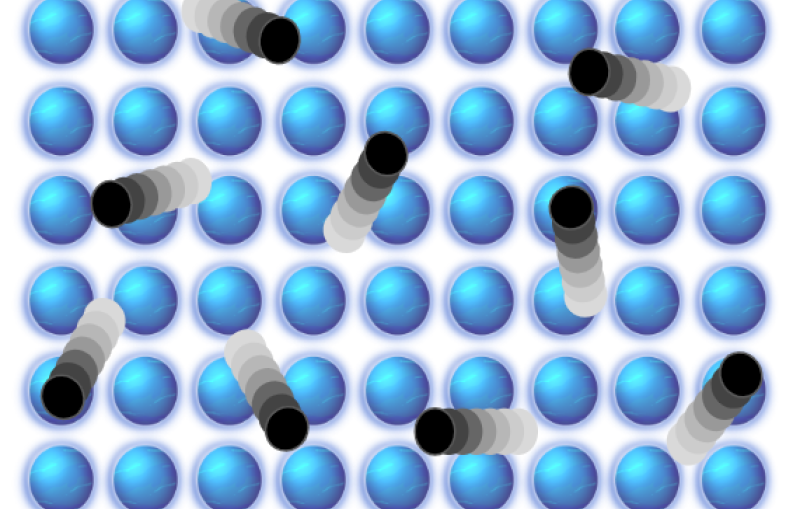February 20, 2014
With A Deadly Embrace, 'Spidery' Pulsars Consume Their Mates
Black widow spiders and their Australian cousins, known as redbacks, are notorious for their tainted love, expressed as an unsettling tendency to kill and devour their male partners. Astronomers have noted similar behavior among two rare breeds of binary system that contain rapidly spinning neutron stars, also known as pulsars.

Dig Deeper





